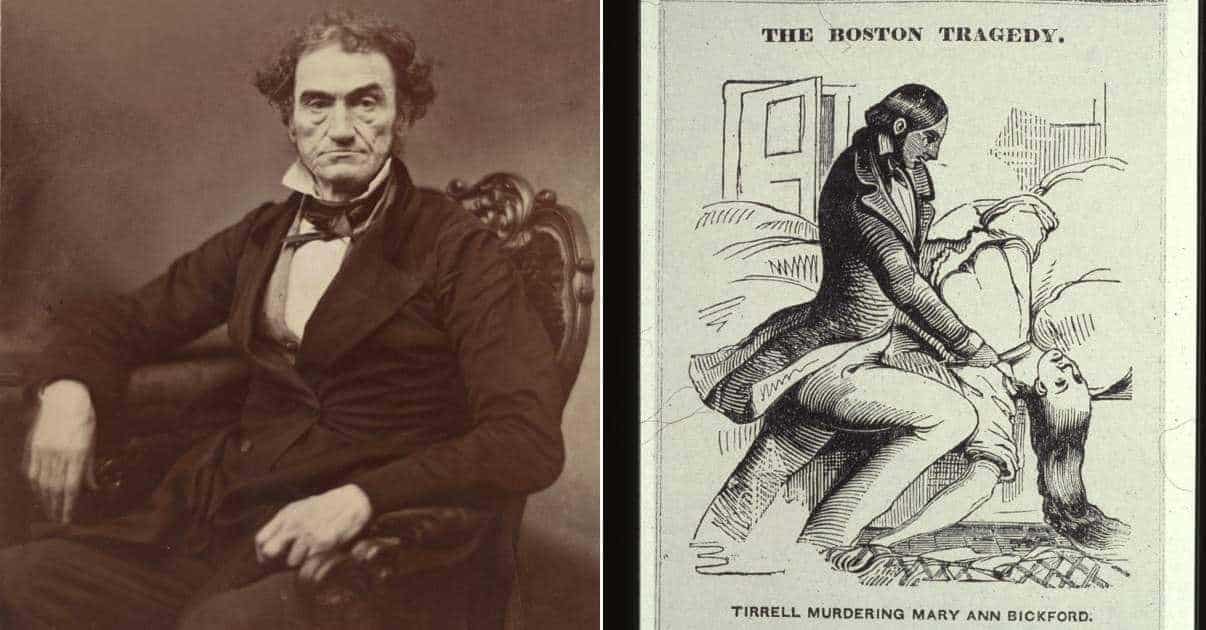Sleepwalking, or somnambulism, is a sleeping disorder within the parasomnia family, whose sufferers act while in a halfway stage between sleep and wakefulness. It is characterized by the sleepwalker acting in a state of low consciousness and awareness, even as he or she performs acts typically done in a state of full consciousness. The range of acts performed during a sleepwalking or somnambulistic state could range anywhere from the simple and benign, such as sitting up in bed or going to the bathroom; to the more hazardous such as driving, cooking, thrashing about or grabbing at imaginary objects; to the deadly, such as murder.
The last, homicidal sleepwalking or sleepwalking murder, is the act of killing somebody while in a sleepwalking or somnambulistic state. Since the mid 19th century, sleepwalking has been a valid defense against criminal responsibility in the US and other common law countries, and gradually, in much of the rest of the world. It is not an easy defense to make, and it fails more often than not, as many a jury or fact finder has been skeptical of and resistant to claims by criminal defendants that they did not know what they were doing because they were sleepwalking at the time. However, difficult is not the same as impossible, and there have been quite a few instances in which criminal defendants walked based on a sleepwalking defense.

Following are some of history’s most interesting cases in which sleepwalking was used successfully as a defense against serious criminal charges.

The First Sleepwalking Defense: The Tirrell Case, Part I – The Murder
In his early 20s, Albert Jackson Tirrell, the scion of a well-off family from Weymouth, Massachusetts, scandalized society by leaving his wife and two children to be with Maria Bickford, a married prostitute living in a Boston brothel. He fell in love with Mrs. Bickford, who seemed to return the affection, although it did not stop her from continuing her profession. That did not sit well with Tirrell, and it was a constant bone of contention between the pair throughout their relationship.
On the night of October 27th, 1845, loud noises were heard from Mrs. Bickford’s room, and soon thereafter, the brothel owner awoke to the smell of smoke to discover that somebody had set three fires in his establishment. After dousing the flames, he entered Mrs. Bickford’s room, to discover that she had been brutally murdered, savagely beaten and with her throat slit from ear to ear with a razor that cut so deeply it almost severed her head.
Suspicion immediately fell on Tirrell, the last person known to have seen her alive, according to multiple witnesses, who saw him enter the victim’s room that evening after her last customer had departed. A bloody razor was found near the body, along with pieces of Tirrell’s clothes and broken-off sections of a distinctive cane known to belong to him. Police immediately began a search for Tirrell, but he had fled, having last been spotted bargaining with a livery stable keeper, reportedly saying that he was “in a scrape” and needed to get away. Tirrell was eventually tracked down to New Orleans, where he was arrested on December 6th, and extradited to Massachusetts to face trial for murder.
The story quickly became a local and national sensation, combining as it did the salacious details of sex, the sin of adultery, and the class divides briefly bridged between a scion of a wealthy and respectable family who abandoned his wife and children for a prostitute. All of this capped off with a gruesome murder, nationwide manhunt, arrest, and trial. Tirrell’s parents hired Rufus Choate, a former US Senator and respected Boston lawyer, known for his creative defense strategies.

